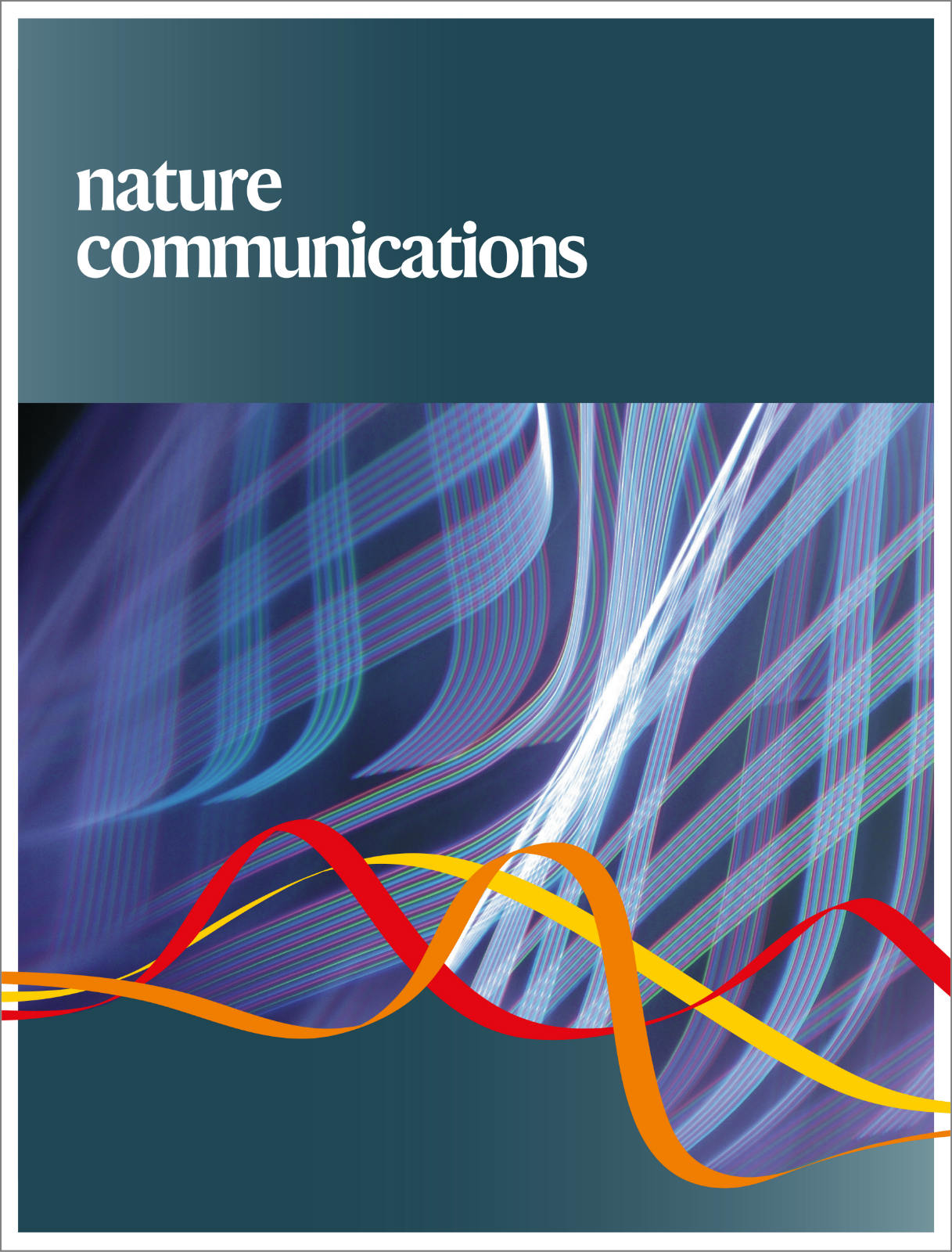Inferring chromosome segregation error stage and crossover in trisomic disorders with application to Down syndrome.
IF 15.7
1区 综合性期刊
Q1 MULTIDISCIPLINARY SCIENCES
引用次数: 0
Abstract
Errors in chromosome segregation during gametogenesis, such as nondisjunction (NDJ) errors, have severe consequences in human reproduction, and a better understanding of their etiology is of fundamental interest in genetics. Mapping NDJ errors to meiotic/mitotic stages typically requires proband-parent comparison, limiting its applicability. Herein, we develop Mis-segregation Error Identification through Hidden Markov Models (MeiHMM), a method for inferring NDJ error stage and crossover events based on only genomic data of trisomic probands. Guided by triallelic genotype/haplotype configurations, MeiHMM discerns the allelic origin at each locus, which informs NDJ error during gamete formation, without identifying the parental origin of the trisomy. In 152 Down syndrome (DS) cases, MeiHMM achieved an accuracy of 96.1% in classifying NDJ errors, with a sensitivity of 91.6% in crossover identification, compared to proband-parents trio analysis. 17% of Meiosis II errors were misclassified as Meiosis I, mainly due to small proximal crossover events. Applying MeiHMM to 509 children with DS-associated childhood leukemia, we demonstrate that NDJ error is associated with the age of disease onset, somatic genomic abnormalities, and prognosis. Thus, MeiHMM is an effective method for trisomic NDJ error classification and crossover identification that can be applied broadly to study the etiology of congenital aneuploidy conditions.推断三体疾病的染色体分离、错误阶段和交叉及其在唐氏综合征中的应用。
配子体发生过程中染色体分离的错误,如不分离(NDJ)错误,对人类生殖有严重的影响,更好地了解其病因是遗传学的基本兴趣。将NDJ错误映射到减数分裂/有丝分裂阶段通常需要先证者-亲本比较,限制了其适用性。本文通过隐马尔可夫模型(隐马尔可夫模型)开发了一种基于三体先证体基因组数据推断NDJ错误阶段和交叉事件的方法。在三等位基因基因型/单倍型配置的指导下,MeiHMM识别每个位点上的等位基因起源,从而在配子形成过程中通知NDJ错误,而不确定三体的亲本起源。在152例唐氏综合征(DS)病例中,与先证父母三人组分析相比,MeiHMM对NDJ错误分类的准确率为96.1%,交叉识别的灵敏度为91.6%。17%的减数分裂II错误被误诊为减数分裂I,主要是由于小的近端交叉事件。将MeiHMM应用于509例ds相关儿童白血病,我们发现NDJ错误与发病年龄、体细胞基因组异常和预后相关。因此,MeiHMM是一种有效的三体NDJ错误分类和交叉鉴定方法,可广泛应用于先天性非整倍体疾病的病因研究。
本文章由计算机程序翻译,如有差异,请以英文原文为准。
求助全文
约1分钟内获得全文
求助全文
来源期刊

Nature Communications
Biological Science Disciplines-
CiteScore
24.90
自引率
2.40%
发文量
6928
审稿时长
3.7 months
期刊介绍:
Nature Communications, an open-access journal, publishes high-quality research spanning all areas of the natural sciences. Papers featured in the journal showcase significant advances relevant to specialists in each respective field. With a 2-year impact factor of 16.6 (2022) and a median time of 8 days from submission to the first editorial decision, Nature Communications is committed to rapid dissemination of research findings. As a multidisciplinary journal, it welcomes contributions from biological, health, physical, chemical, Earth, social, mathematical, applied, and engineering sciences, aiming to highlight important breakthroughs within each domain.
 求助内容:
求助内容: 应助结果提醒方式:
应助结果提醒方式:


